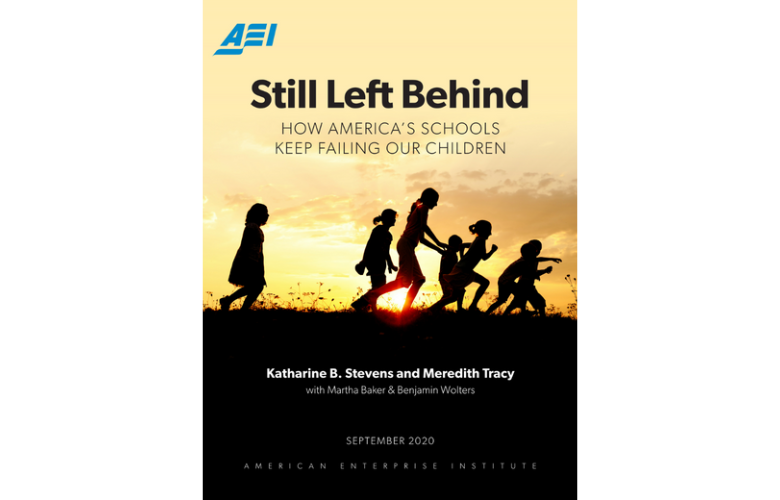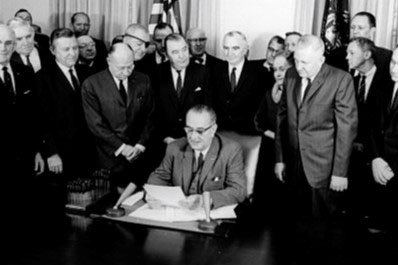The Good and Bad in Virginia’s 2016 School Readiness Report Card
By Katharine B. Stevens
OP-ED
December 6, 2016
Virginia’s recently-released School Readiness Report Card has some great news: from 2005 to 2014, key school outcomes—like third grade achievement and high school completion—improved significantly across the state. But those results obscure a much bleaker picture. While overall outcomes are trending up, outcomes for poor and minority children remain low and disparities by economic status and race/ethnicity are substantial.
Some of the most troubling achievement gaps are in third grade reading: whereas just 13% of white children failed the state test, 31% of poor children and 39% of black children failed. Third-grade reading skills predict a range of important school and life outcomes, so these large gaps bode poorly for children—and for the state—for years to come:
A 2009 study published by the Annie E. Casey Foundation, for example, found that 16% of children who weren’t reading proficiently by the end of third grade failed to complete high school—a dropout rate four times higher than that of proficient readers. Among children who had lived in poverty for at least a year, 26% who weren’t proficient in reading in third grade failed to graduate from high school by age 19, compared to just 11% of those who were reading on grade level.
In turn, failure to complete high school strongly predicts unemployment, incarceration, and single motherhood. More than half of all high school dropouts and more than two-thirds of African American dropouts from ages 16 to 24 were unemployed in 2008. Nearly one in 10 male dropouts and one in four African American male dropouts aged 16 to 24 were incarcerated on any given day in the 2006–07 school year. Female dropouts of that age were six times more likely to have given birth as peers who were college students or four-year-college graduates. Almost 23% were single mothers.
It makes sense to intervene as early as possible to try to change the life trajectories of at-risk children. And toward that end, Virginia is spending almost $71 million this year on pre-K for at-risk four-year-olds. But instead of focusing solely on four-year-olds, the state should prioritize two strategies that can increase the chance of helping the kids who need it the most.
The first is to invest more in high-quality programs for children from birth through age 3 —like home visiting and enriched child care—because we now know that gaps between disadvantaged children and their more advantaged peers emerge long before children turn four. Stanford University researchers recently found, for example, that “[b]y 18 months of age, toddlers from disadvantaged families are already several months behind more advantaged children in language proficiency.”
Similarly, researchers Betty Hart and Todd Risley showed that by 36 months of age, vocabulary gaps between children from different socioeconomic backgrounds were already so large that “even the best of intervention programs could only hope to keep the children in families on welfare from falling still further behind.” In other words, while pre-K can be valuable for some children, it’s increasingly clear that an extra year of school for the most at-risk four-year-olds is just too little, too late to address these deep disparities.
The second strategy may be more mundane, but it’s no less important: improve elementary schools serving disadvantaged children. A close look at Report Card data suggests that some children’s performance on state assessments actually declines in the early grades of school. For instance, 82% of poor children entering kindergarten were assessed as on-track in literacy in fall 2011. But by the spring of 2015 only 63% of third graders met state standards in reading. Among black children, 87% of entering kindergarteners were on track in literacy in fall 2011, yet in spring of 2015 only 61% of third graders met reading standards. That drop is a big problem that sending children to pre-K can’t fix.
Done right, high-quality early childhood programs can help to level the playing field for disadvantaged kids before they enter school. But no program can inoculate children to the damaging effects of poor-quality education down the line. Both strategies—well-designed programs targeting at-risk infants and toddlers in particular, and good schools starting in kindergarten—are crucial to children’s success.
K-12 SCHOOLING STATE & LOCAL POLICY EARLY CHILDHOOD EDUCATION
See Also
Report ~ September 21, 2020
Event ~ October 29, 2020
Op-Ed ~ November 30, 2020




